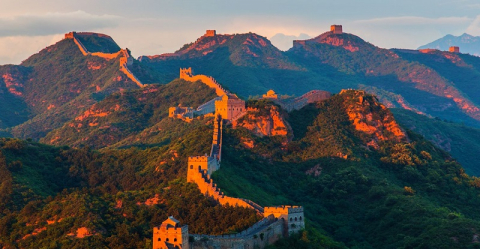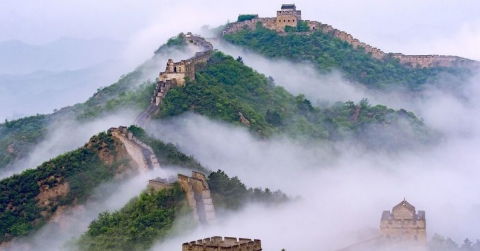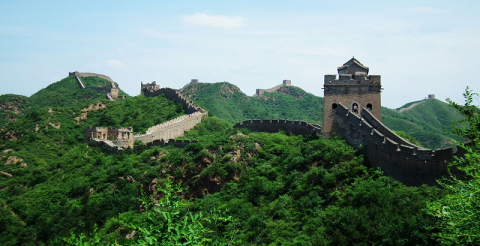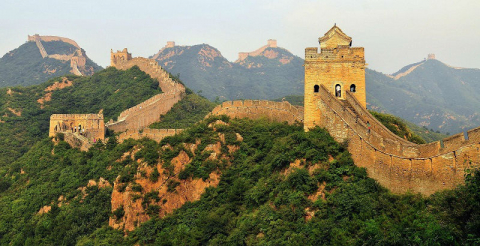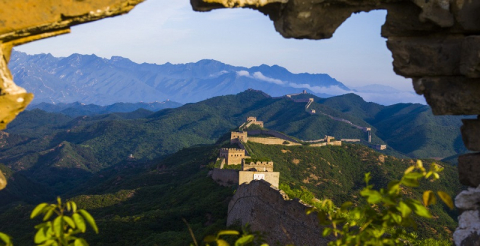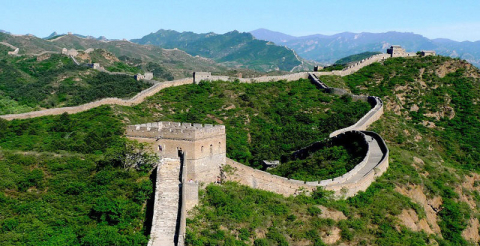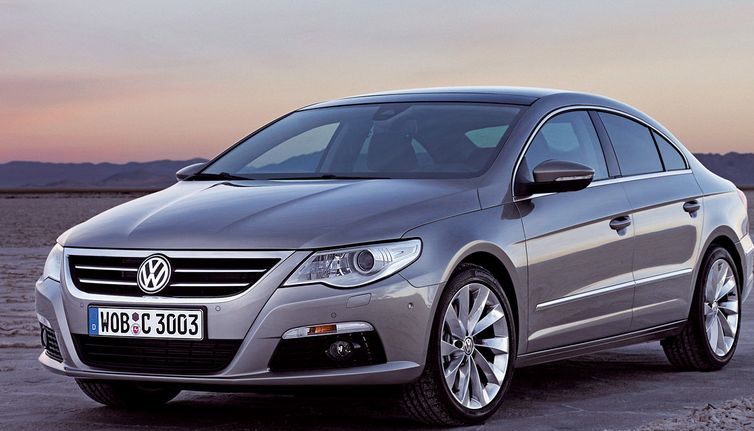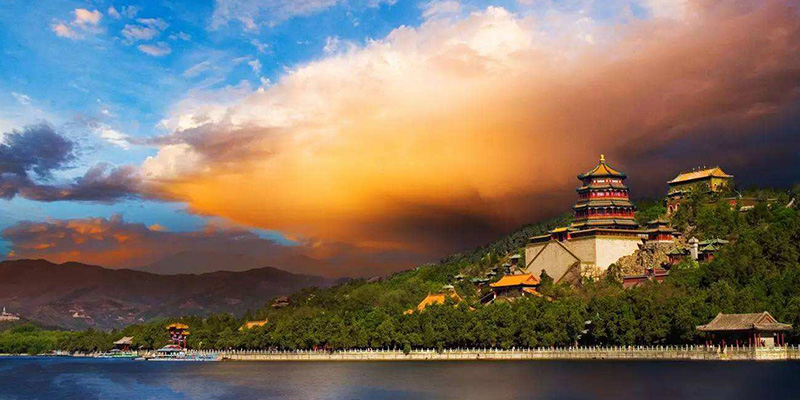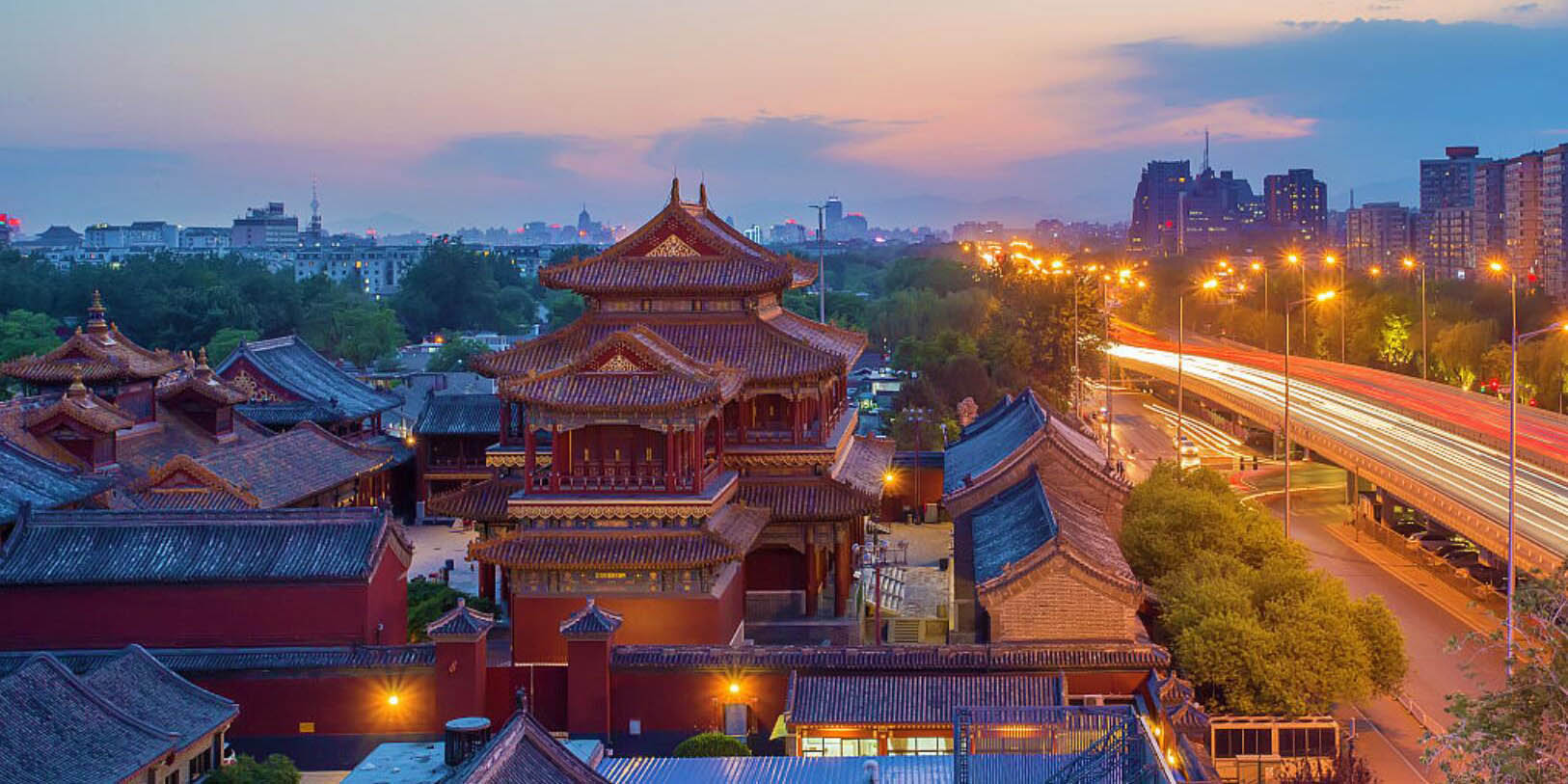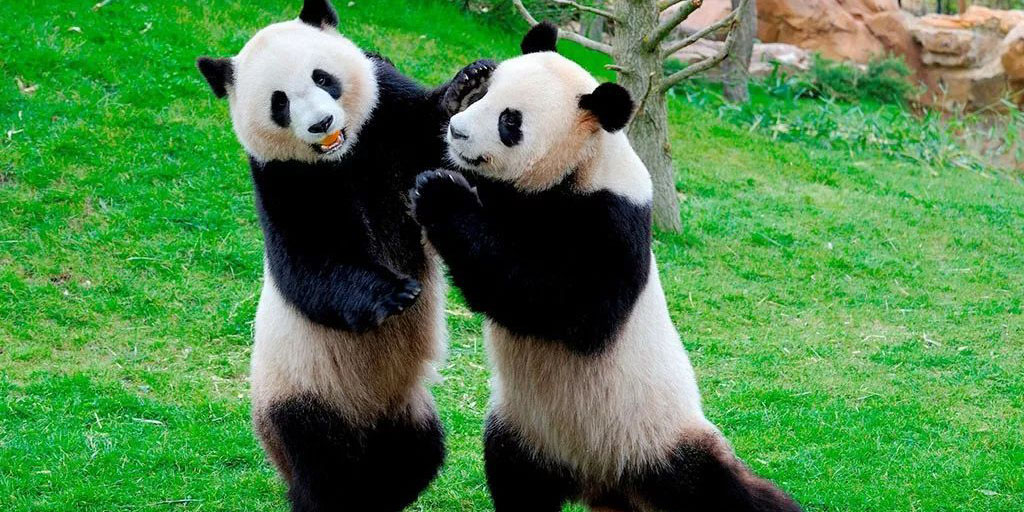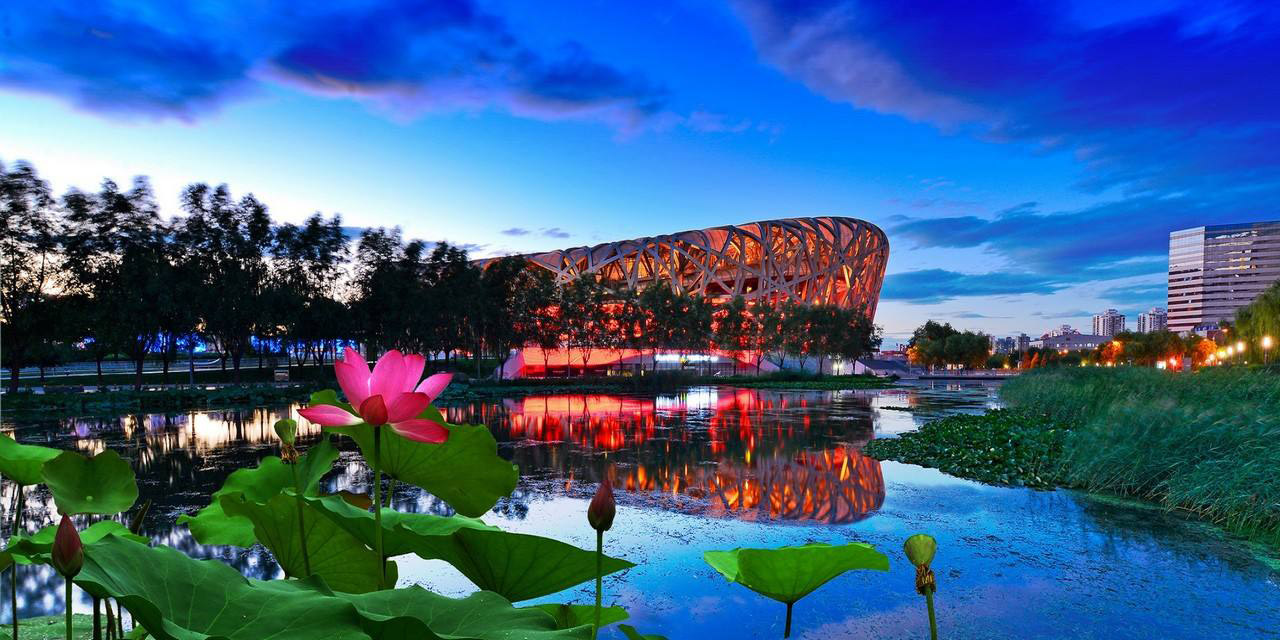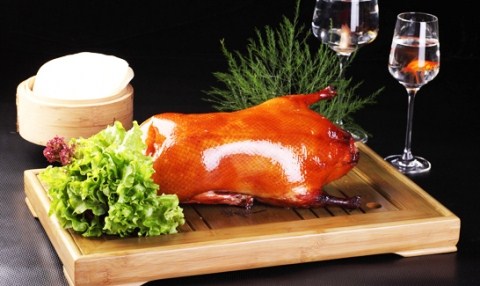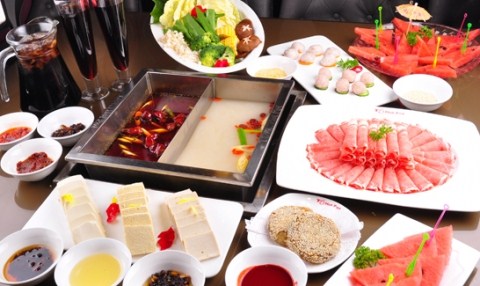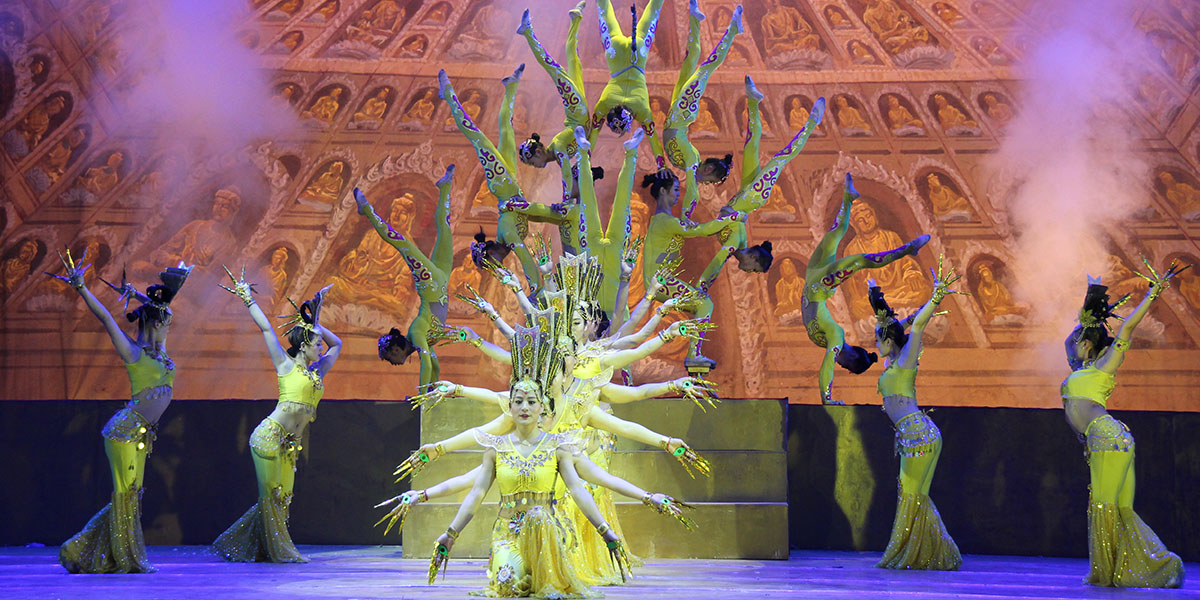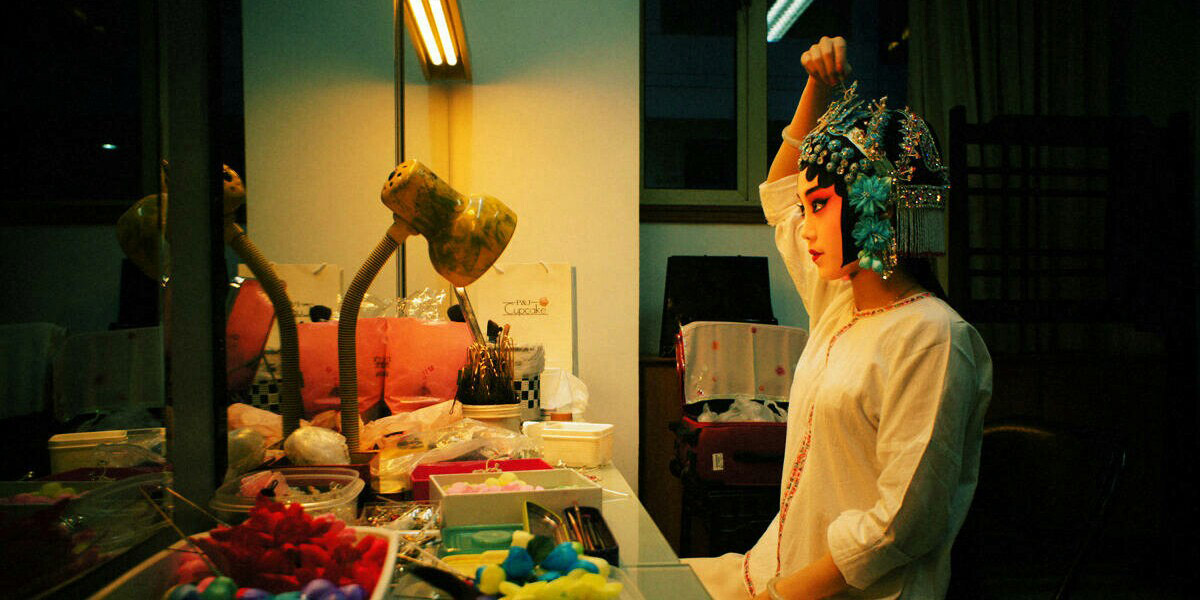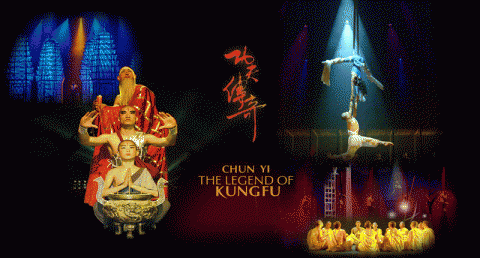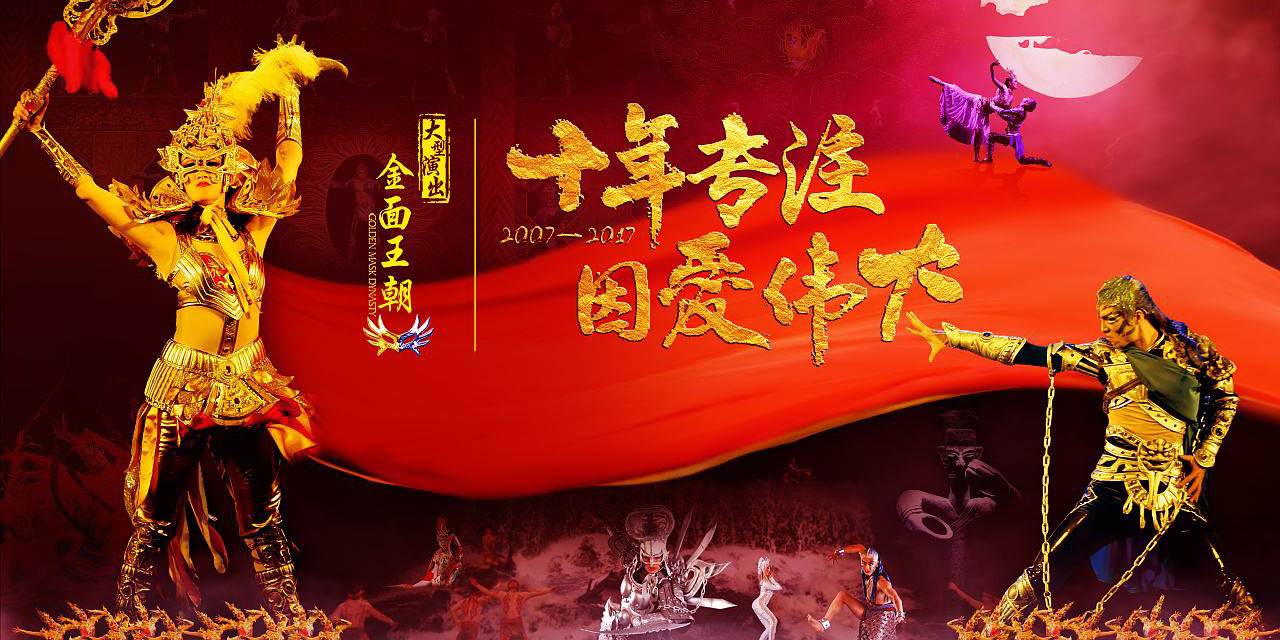Beijing Hiking tour: Jinshanling Great Wall
- Group Tour
Price Per Person in USD
Booked by 0 travelers
5 Stars
Hotel+Tour
4 Stars
Hotel+Tour
3 Stars
Hotel+Tour
Only
Tour Fee
1 person
$75
$0
2 person
$75
$0
3 person
$75
$0
4 person
$75
$0
5 person
$75
$0
6 person
$75
$0
7 person
$75
$0
8 person
$75
$0
9 person
$75
$0
≥10 person
$75
$0
Highlights
Join Beijing Hiking tour to Jinshanling Great Wall has not yet been fully renovated, parts of it are in ruins, so it maintains natural ambiance compared to other sections of the wall completely rebuilt. Jinshanling is far less crowded than Badaling Great Wall, thus reminds today's climbers back to the glorious past of Great Wall in ancient China.
Day 1 Beijing
Around 5:40am-7:30am pick up from your hotel in downtown Beijing. We offer fast breakfast on the way. Arrival at Jinshanling Great Wall around10:00am. Jinshanling Great Wall is located about 130 km from downtown Beijing. Hike from the east section of Jinshanling Great Wall to the General Tower. The Jinshanling Great Wall was first constructed built in the Ming Dynasty. The famous general, Xu Da, of the early Ming Dynasty (1368-1644) supervised and directed the construction of the Great Wall. Later, Qi Jiguang led a number of defense works while guarding the north area in 1567.
The trip hike is about 6 km and takes about 3 hours. Each tower has its unique feature and look. There are relatively less crowded here at Jinshanling Great Wall, it is a nice place to explore the Great Wall in Beijing. After lunch, Return to downtown and drop-off along the subway station at Dongzhimen, Qianmen, Wangfujing.
![]() :
:
Scenic spots included in the itinerary
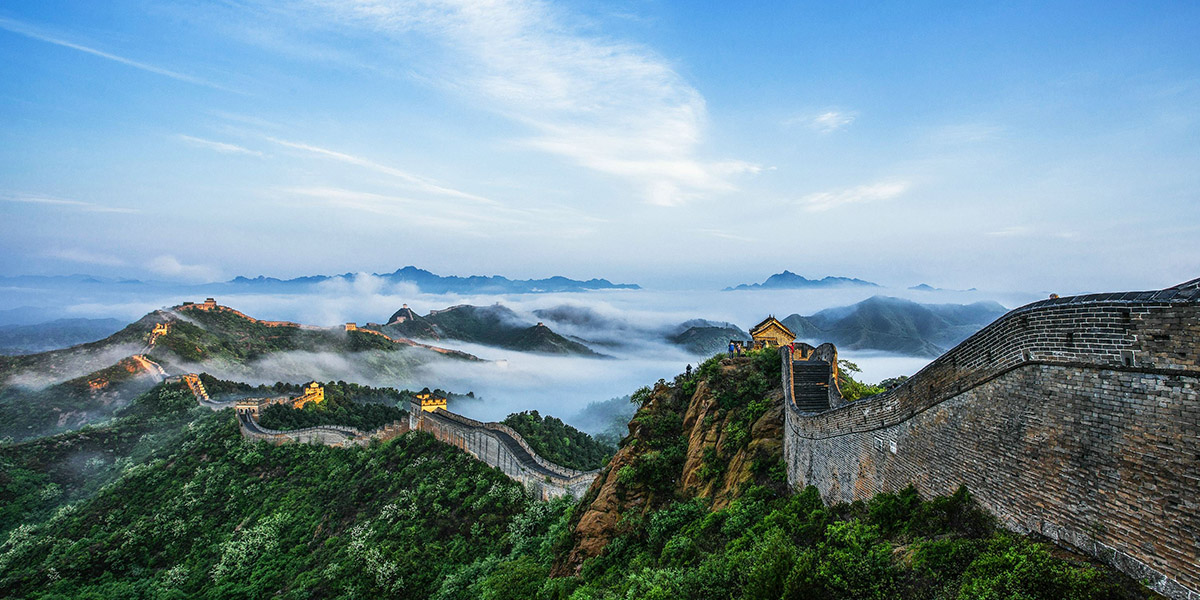
Add Product
Booking Notes
Includes
![]() Entrance fees
Entrance fees
![]() Air-conditioned car
Air-conditioned car
![]() Hotel transfer inside 2rd ring road of Beijing
Hotel transfer inside 2rd ring road of Beijing
![]() English speaking guide
English speaking guide
![]() Fast breakfast (in the car)
Fast breakfast (in the car)
![]() Lunch
Lunch
![]() A bottle of water per person
A bottle of water per person
Excludes
![]() Tips to guide and driver
Tips to guide and driver
![]() Cable car ticket
Cable car ticket
How to Choose Tour Type?
Affordable Group Tour:
Our small group tour is around of 15 peoples picked up from different hotels. Suitable for tourists with limited budget and who would like to travel with others from different countries.
Best Value Private Tour:
More flexible and time saving.No need to wait for other tourists.Flexible schedule . Possible to be customized for your own itinerary. A privet tour guide and air-conditioned vehicle will be at your service.
How to Book:
1. You can book online, choose to pay the deposit or full payment. We accept payment by PayPal, Credit Card, Wechat and Bank Transfer. After booking, we will send you a booking confirmation email.
2. When you arrive at the departure city, the exactly pick up time will inform by your tour guide though your hotel one night before your tour date.
3.Pick-up Service: To ensure the morning pick-up going smoothly as scheduled, we suggest you choose downtown hotels within the fourth ring road of the city. An additional transfer fee will be incurred if your hotel is outside the above mentioned area. If your hotel is located in a narrow lane or an apartment block, we suggest you find the nearest hotel on the main street as your pick-up point.
Cancellation Policy:
If you cancel at least 7 day(s) in advance of the scheduled departure, there is no cancellation fee.
If you cancel between 3 and 6 day(s) in advance of the scheduled departure, there is a 50 percent cancellation fee.
If you cancel within 2 day(s) of the scheduled departure, there is a 100 percent cancellation fee.
Hotel, flight and train ticket fees are not refundable.
Got Question & Quick Answer
![]()
![]()
![]()
Naomi
2020.01.03
How long does this tour last and do you pick up from Tiananman Square where we are staying. We want a tour that lets us hike around on the wall for as long as possible.
Dear Naomi,
Thanks for contacting chinatoursnet.com.
The Jinshanling Great Wall group tour lasts around 8 hours and no problem with picking you up from a hotel near Tiananmen Square.
The trekking is about 3 hours, may I know your tour date?
Best,
![]()
Lana
2019.10.10
Hello I have a question roughly how many people will be in this group tour? I will be coming from Shanghai so just trying to sort out a few things as this tour seems to be the cheapest i can find and away from the main busy area hope to hear form you soon thank you Lana
Hello Lana,
Thanks for contacting ChinaToursNet for your Jinshanling Great Wall tour.
In general, the group tour has around 13 persons. Sometimes it doesn't reach that number.
After booking, your tour guide will inform you exact pickup time through hotel phone call before the tour date.
Any questions, please feel free to let me know.
Regards,
![]()
Andrew white
2019.10.09
Hi. What time does the tour begin. I have a meeting in the morning then I want to do the tour. Will that work?
Hello Andrew,
Warm greetings from ChinaToursNet.
The group tour starts 5:40-7:30 am for picking you up at the hotel within 2nd ring road, the exact pickup time will be informed by your tour guide one day before the tour date, you'd better spare 1 day to do Jingshanling hiking tour.
Any question, please feel free to let me know.
Regards,
![]()
Ann Roche
2019.06.20
If I am staying at a hotel near the airport would it be a total of $90 for pick up and drop off for the tour? Would they pick me up at my hotel or do I need to return to the airport for pick up? Is the tour guaranteed if I am the only participant? Thank you for your assistance.
CONTACT INFO
PHONE:
EMAIL:
marcopolo@chinatoursnet.comWhatsApp:+86-13683536536iMessage:+86-13683536536
ADDRESS:
Room 208,Business Building AQiantongtian.Longgang Road,Haidian district,Beijing
WeChat:chinatoursnetSkype:chinatoursnet@outlook.com
WHY CHOOSE US

1:We are in Beijing
2:No hidden fees
3:Downtown hotel
4:professional tour guildes and drivers
5:Flexible tour time,private tour group,customized tour service
6:free mineral water
7:Guarantee enough visiting time
8:Guarantee your satisfactory with your choice
